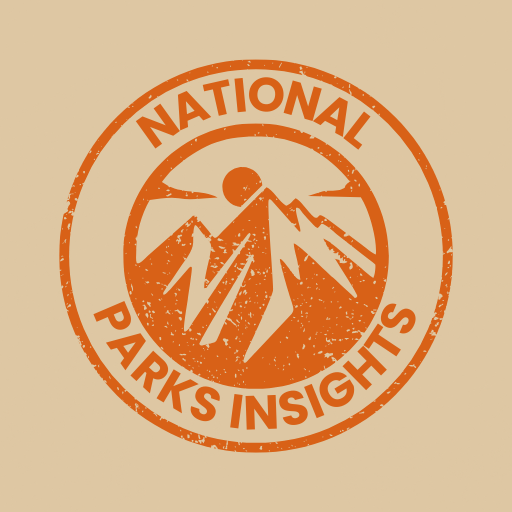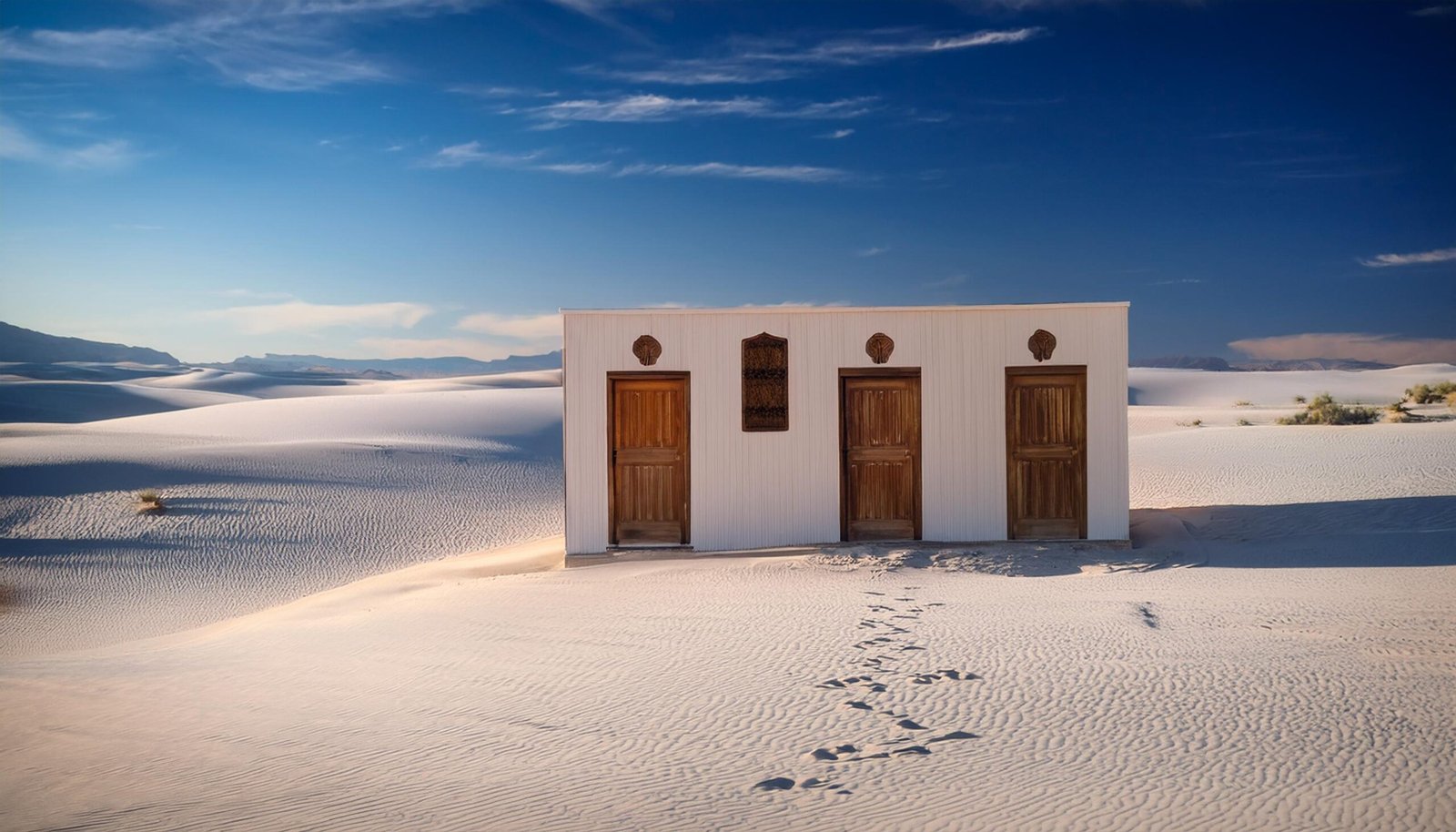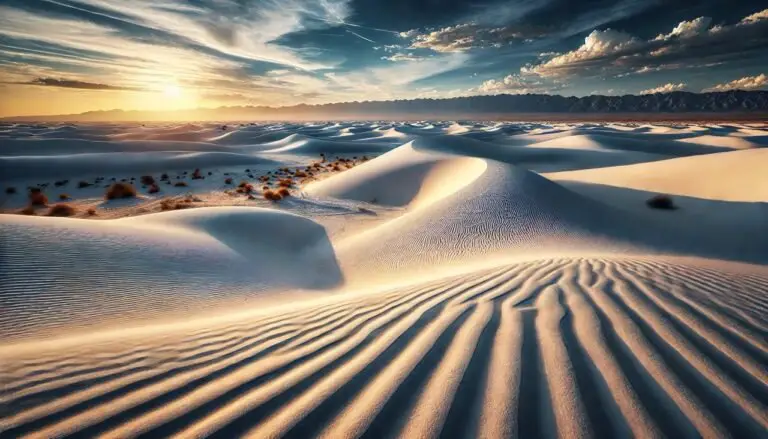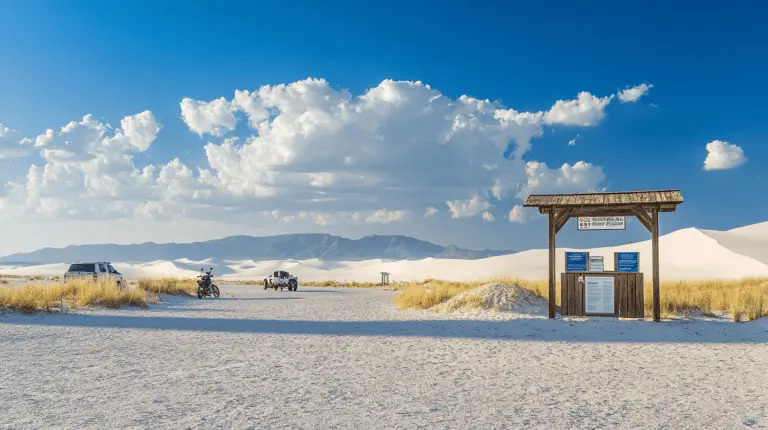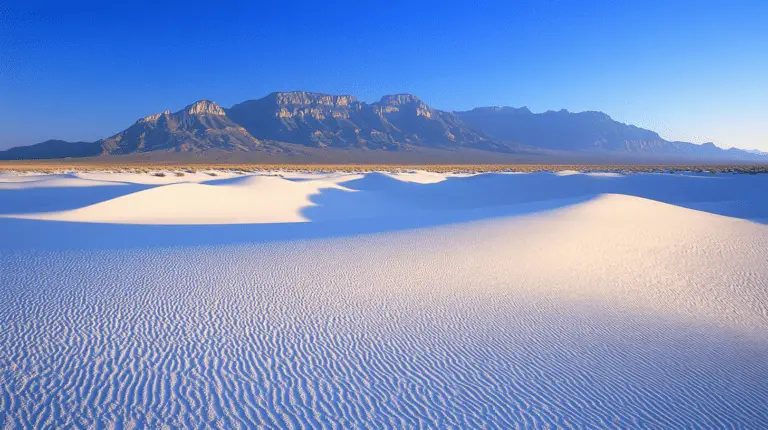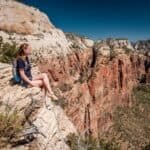White Sands National Park Restrooms: What You Need to Know
What’s Available at the Park?
Visiting White Sands National Park is like stepping into another world. Though the park lacks indoor facilities, it does offer plenty of outdoor amenities to make your trip comfy and enjoyable. Think picnic spots with shelters, grills for your barbecue needs, and restrooms scattered across the sandy wonderland (Source).
They’ve placed these amenities just right, so no matter if you’re in for a quick visit or a longer adventure, you’ll have what you need close by. Planning to camp? Check out our guide on white sands camping for all the deets.
| Facility | Where to Find It |
|---|---|
| Picnic Shelters | All over the dunefield |
| Grills | Next to picnic shelters |
| Restrooms | Various spots in the park |
Past Struggles with Park Facilities
White Sands National Park has had its share of headaches over the years, mostly tied to a huge influx of visitors after World War II. Originally set up under New Deal ideas, the place saw visitor numbers skyrocket from 40,000 to nearly 400,000 a year by 1961. The rush strained everything, from roads to restrooms.
Superintendents like Tom Charles, Forrest M. Benson, Donald Dayton, and John “Jack” Turney had front-row seats to the chaos. Picture rutted dune roads from endless traffic, campfires everywhere, water usage through the roof, and overloaded visitor centers.
To save the day, the park launched the “Mission 66” plan, aligning it with the National Park Service’s 50th anniversary. The idea? Give the park a serious facelift with better services, more accessibility, and everything from staff housing to working restrooms, plus bringing in more staff like naturalists and museum guides (NPS History).
| Year | Visitors (Annual) | Park Facilities Status |
|---|---|---|
| 1941 | 40,000 | Managing just fine |
| 1957 | 800,000 | Overloaded |
| 1961 | 378,000 | Struggling |
Knowing the bumpy history of these facilities can really make you appreciate the hard work that keeps them running today. If you’re intrigued, dive deeper into the park’s story with our detailed write-up on white sands national park history.
Your Adventure at White Sands
More Folks, More Fun
White Sands National Park has been the go-to spot for weekend warriors and wanderers since back in the day. After World War II, the park got real popular. By 1957, it was bursting at the seams with half a million visitors. And get this – on Easter Sunday in 1964, nearly 17,000 people showed up! Here’s a quick look at the crowd over the years:
| Year | Annual Visitors |
|---|---|
| 1944 | 20,000 |
| 1957 | 500,000+ |
| 1965 | 500,000+ |
| 1964 (Easter Sunday) | 17,000 in one day |
The Wear and Tear
All those people? Yeah, they took a toll on the park’s facilities. Imagine a place built for 40,000 folks now dealing with almost 400,000 by 1961. Parking lots were packed, water ran low, and the campfires? Everywhere. And the visitor center felt more like a sardine can. Park bosses like Tom Charles and Forrest M. Benson struggled to keep the park from feeling the pinch.
Smart Moves by the Superintendents
To get a handle on things, the park launched the “Mission 66” program. This ten-year push aimed to ramp up facilities just in time for the National Park Service’s 50th birthday. They built more housing, spruced up restrooms, and beefed up staff with naturalists and museum folks.
This was all about giving you a great time without wrecking the park. Restrooms got an upgrade, and they keep tweaking facilities as more people pour in. Before heading out, it’s a good idea to check out the latest on white sands national park hours and even recent news to know what to expect.
The park’s constant effort to balance fun and preservation keeps White Sands a top-notch destination. Curious about do’s and don’ts? Pop over to the white sands national park regulations to make your trip smooth sailing.
Get ready to enjoy an incredible time as White Sands continues to charm its visitors while holding onto its natural beauty.
Park Rules & What Not to Do
Thinking about visiting White Sands National Park? Just remember there are some rules you need to follow. They have guidelines about where you can camp, drink alcohol, pick up artifacts, smoke, and drive motorized vehicles.
Where to Camp & Sip
Camping is a no-go everywhere except in specially marked backcountry spots or if you’ve got a special permit. Don’t even think about spending the night in your car without a heads-up to the park folks. Wanna know more? Swing by our white sands camping page.
| Spot | Can You Camp? |
|---|---|
| Designated Backcountry Sites | Yes |
| Special Permit Areas | Yes |
| Anywhere Else | Nope |
You like your drinks? Keep ’em to designated areas like the Yucca Picnic Area, Road Runner Picnic Area, Primrose Picnic Area, Group Use Area, and special NPS events at the Evening Program Area. Outside those, save the booze for later.
Hands Off the Artifacts
Don’t even think about pocketing any rocks, crystals, or artifacts. This place is packed with history, and swiping stuff messes it up for everyone else (NPS). Curious about the cool natural features? Check out white sands national park geology to learn more.
No Smoking & No Crazy Driving
Smoking’s a big no-no inside all government buildings here. They’re serious about keeping the air clean for everyone’s health.
Forget about ATVs, UTVs, and anything with an engine that’s not street-legal. You’re here to relax, not rampage. It keeps everyone safer and the park prettier (NPS). If you need tips on getting around, check out the white sands national park shuttle.
Follow these rules and you’ll have a blast at White Sands National Park. For the full scoop on all the dos and don’ts, head over to our white sands national park regulations page.
Accessibility at White Sands
White Sands National Park does everything to ensure that everyone, no matter their abilities, can enjoy the jaw-dropping scenery. They’ve introduced some nifty features to make getting around a breeze.
Interdune Boardwalk Features
One star attraction is the Interdune Boardwalk. Think of it as your easy pathway through those stunning white gypsum dunes. This isn’t just any boardwalk; it’s made for all. It’s got ramps, handrails—basically everything to welcome folks with mobility challenges. Here’s what makes it awesome:
- Width and Slope: Roomy enough for wheelchairs and strollers, with gentle slopes to keep things easy.
- Smooth Ride: Maintained like a runway—smooth and stable all the way.
- Signage: Braille, big fonts, and even audio—so no one’s left guessing.
Want to know more about exploring the park? Check out white sands national park tours.
Inclusivity Efforts
White Sands doesn’t just stop at accessibility; they’re gunning for a true inclusive experience. Their efforts include:
- Handy Parking: Special parking spots close to all the action.
- Restrooms and Picnic Areas: Fully accessible white sands national park restrooms to keep everyone comfy.
- Guided Tours: Tours tailored for every ability, making sure no one misses out (The Wilderness Society).
Before you head over, make sure to check white sands national park hours and the cool white sands hiking trails.
Team Effort for Accessibility
Making White Sands accessible is a team sport. Park officials, government folks, and disability advocates all pitch in. Here’s the game plan:
- Feedback Rocks: Listening to disability advocacy groups to iron out any bumps.
- Education is Key: Programs that teach visitors about the disability community’s wins and hurdles.
- Keeping Fresh: Always checking to make sure the park stays up to snuff in accessibility.
Curious about the park’s story? Read up at white sands national park history.
White Sands wants everyone to feel they belong. They’re on a mission to make your visit as enjoyable and enriching as can be.
Disability Representation in Parks
When you swing by White Sands National Park, it’s cool to see how they’ve leveled up in disability representation. Here’s a deep dive into some stories of trailblazing employees, the National Park Service’s commitment to accessibility, and why inclusive education rocks.
Historical Employee Stories
Meet some rockstars who’ve paved the way for inclusion in our parks:
- Maril Hanby Elliot:
- Hard of hearing.
- Graduated from Oregon State University.
- Kicked off her career at Santa Monica Mountains National Recreation Area in 1980.
- Crafted educational programs for deaf students.
- Named outstanding handicapped federal employee for the Department of the Interior in 1982.
- Engaged nearly 8,000 visitors with disabilities in one year.
- Source.
- Patricia Ann “Patsy” Otero:
- Born in Alamogordo, New Mexico.
- Was a park aide at White Sands National Monument in 1980-81.
- Assisted with visitor programs.
- Her dad, Manuel J. Gamboa, was a ranger at the park.
- Source.
- Annette Wright:
- Deaf.
- Started as an interpretive ranger at Grand Canyon National Park in 1983.
- Worked later with the Arizona Commission for the Deaf and the Hard of Hearing.
- Source.
National Park Service Directive
In 1983, the National Park Service dropped a major memo, Special Directive 83-3, laying out policies on accessibility for disabled folks. This directive made it clear that parks should be a welcoming spot for everyone.
Highlights include:
- Access to facilities and programs.
- Services tailored for people with disabilities.
- In a 1985 interview, Karen Berggren mentioned how they made sure blind visitors could enjoy the trails and people in wheelchairs could navigate the South Rim Trail.
- Source.
Inclusive Society Education
Education’s a game-changer in building an inclusive society. By getting the scoop on accessibility efforts in parks, you help foster a welcoming vibe for everyone.
Here’s where to start:
- Check out our article on white sands national park boardwalk for all the accessibility features.
- Dive into the past with our white sands national park history.
- Brush up on park rules to keep your visit smooth and respectful in white sands national park regulations.
Enjoy your time at White Sands National Park, knowing it’s a place that bends over backward to be inclusive and accessible for all.
National Park System Overview
The National Park System is a goldmine of natural beauty and cultural gems. When you visit White Sands National Park, it’s handy to know what makes the entire National Park System so special.
Why Preserve Parks?
The main gig at the National Park System is to keep nature’s and culture’s best bits safe. This means making sure beautiful spots and historical sites are there for you to enjoy whenever you visit. By looking after these places, the National Park Service (NPS) keeps different ecosystems, animal homes, and cool geological stuff intact. For the full story on White Sands National Park rules, swing by the NPS website.
Nature and History: A Mixed Bag
The National Park System packs in 422 units and over 150 related areas, with a smorgasbord of natural and historical spots. Think scenic views and important landmarks. Take White Sands National Park as a case in point: it’s famous for its one-of-a-kind gypsum sand dunes which you can check out via white sands hiking trails.
Saving It for the Kids
By protecting these spots, the NPS makes sure your kids and their kids can see the same awesome things you do. Programs and guided tours in the parks help you get the lowdown on these fantastic places.
By keeping these natural and historical goodies safe, the NPS guarantees you can always come back to these incredible places. Take the White Sands National Park Visitor Center, for instance. They have educational exhibits and info that make your visit next-level fascinating.
Knowing what the National Park System is all about makes trips to places like White Sands even better. Enjoy your time exploring these unique and protected spots, confident they’re being looked after for the long haul.
| What’s What | Details |
|---|---|
| Total Units | 422 |
| Related Areas | Over 150 |
| Programs | Tons of conservation programs |
For a deeper dive into how the park system works for you, check out our articles on white sands national park history and white sands national park entrance fee.
